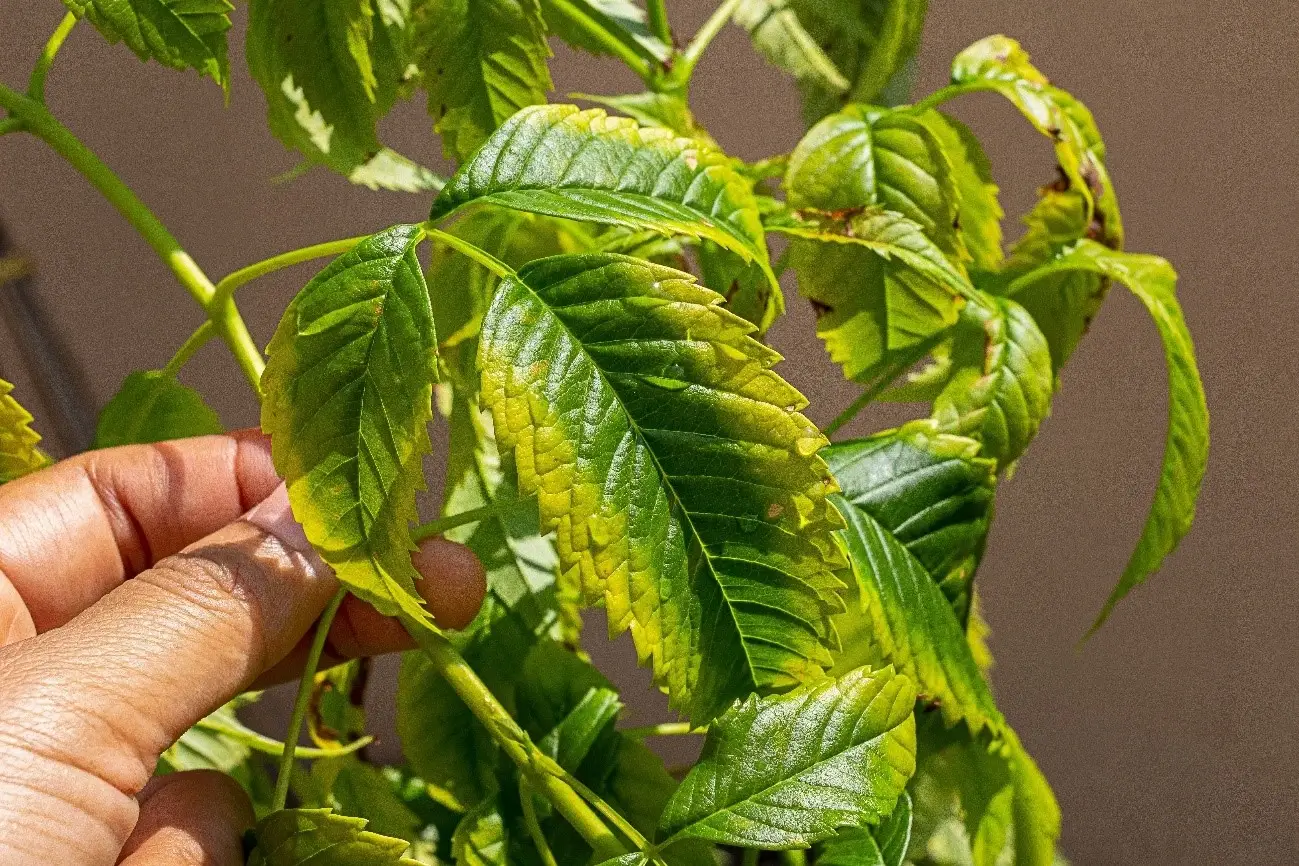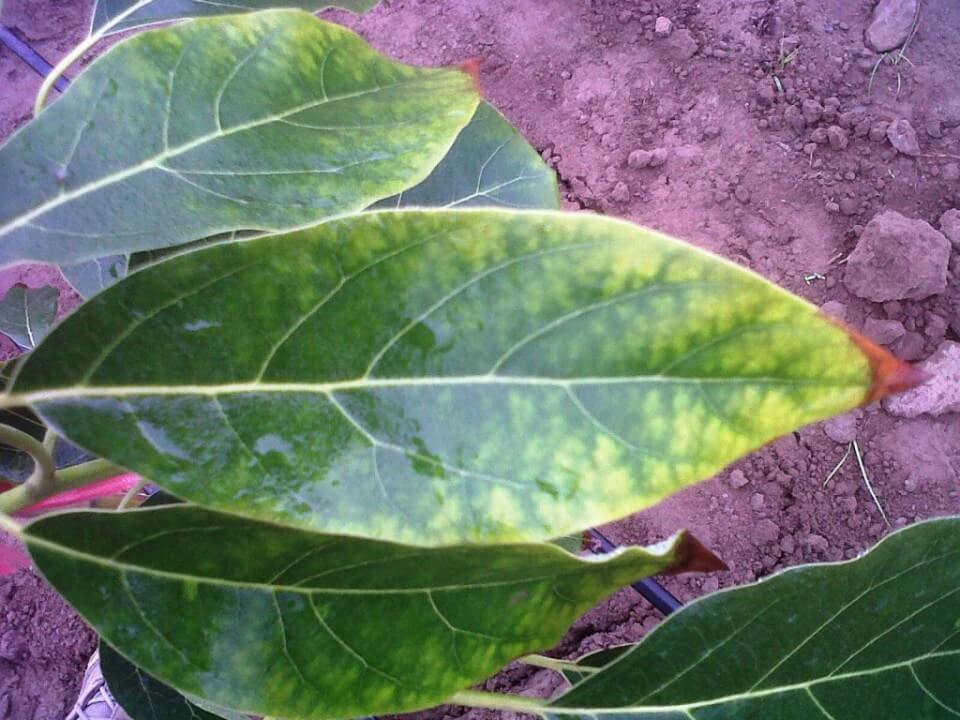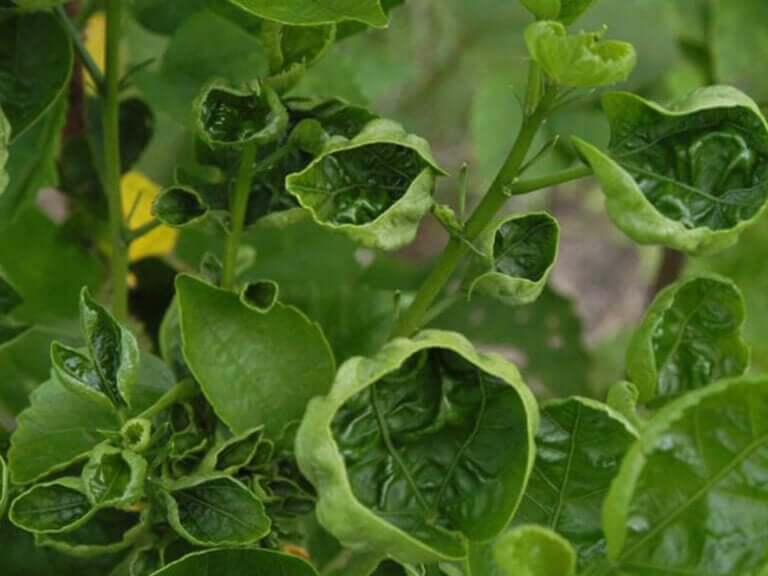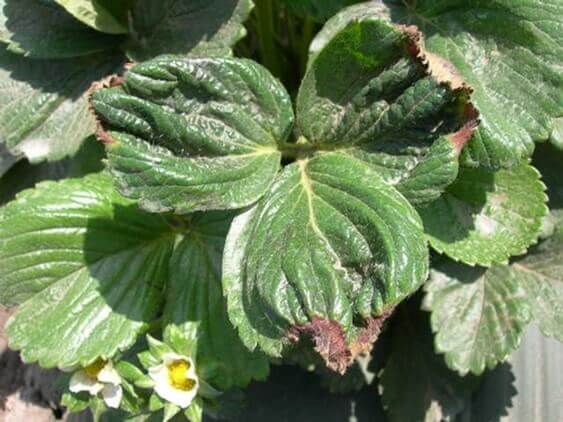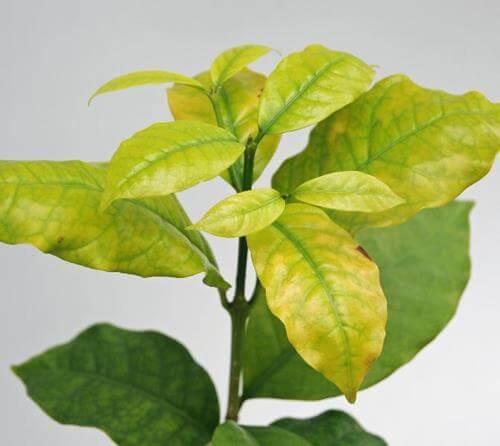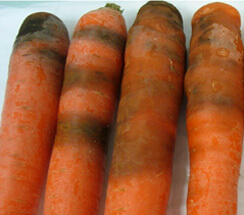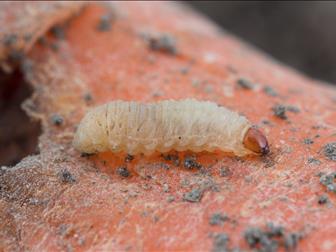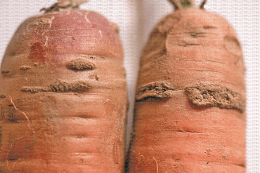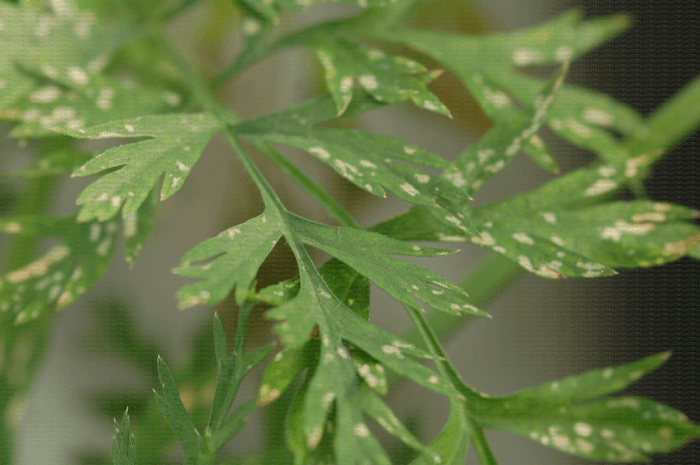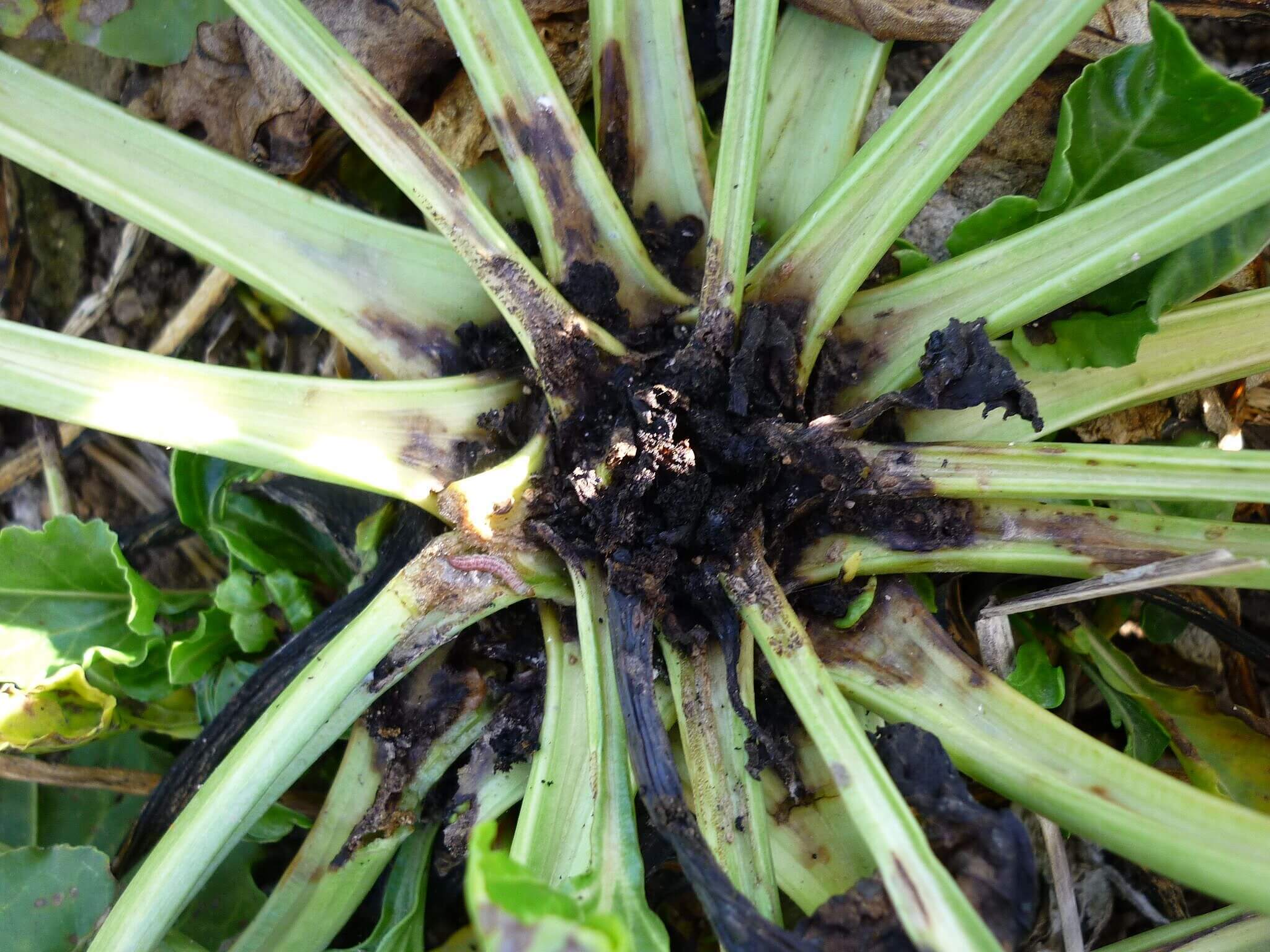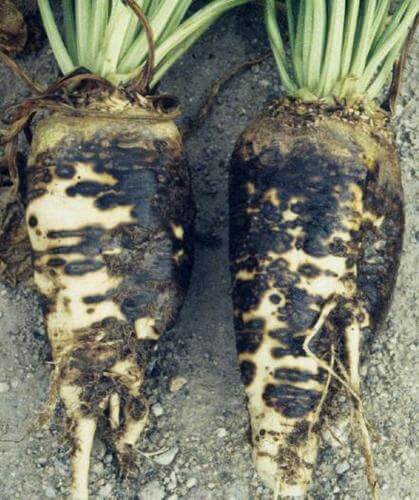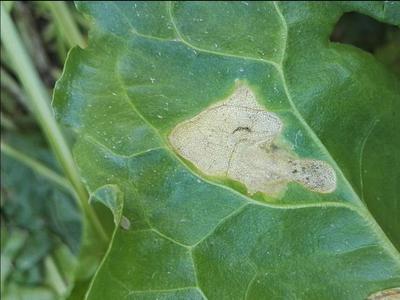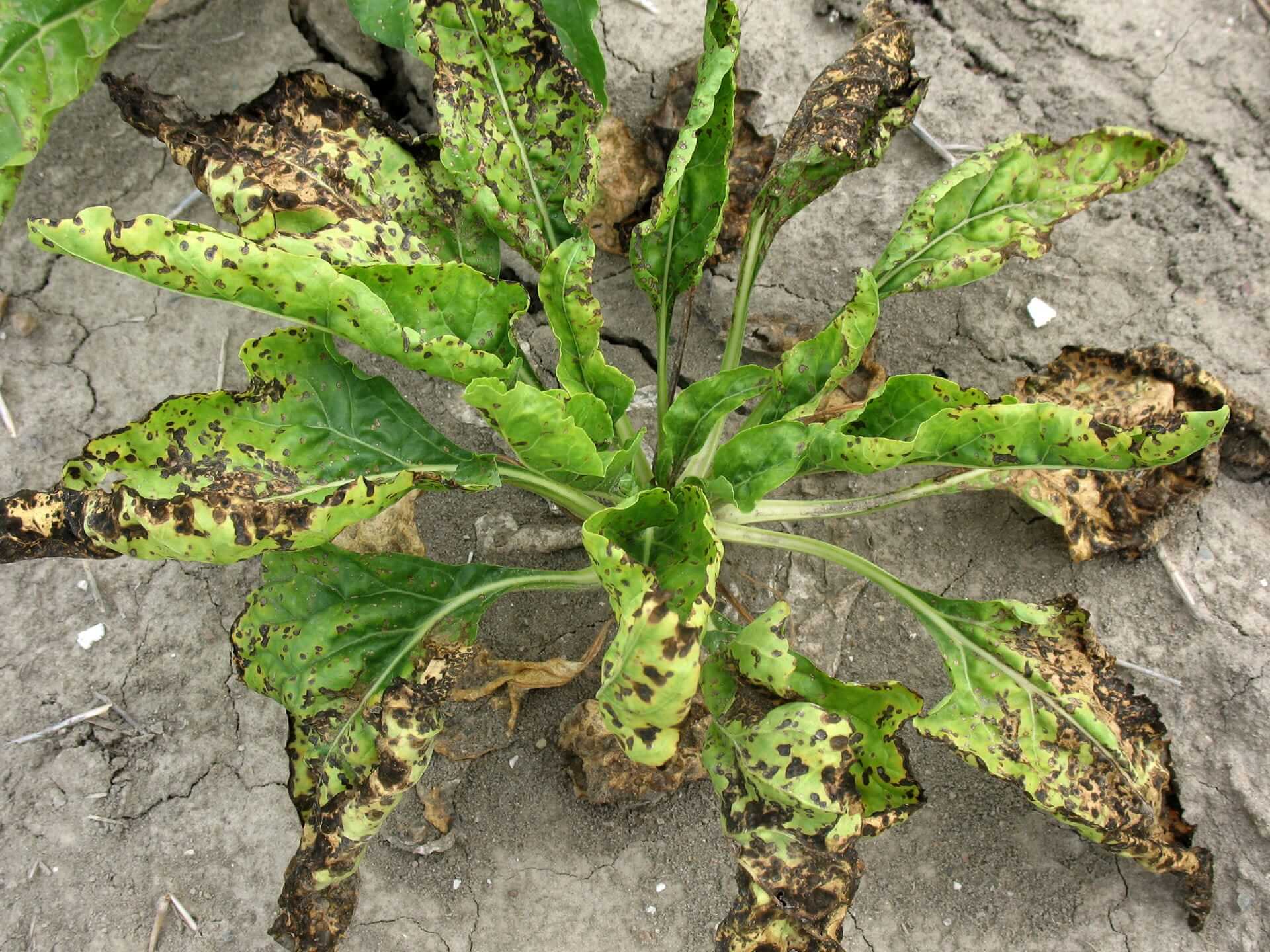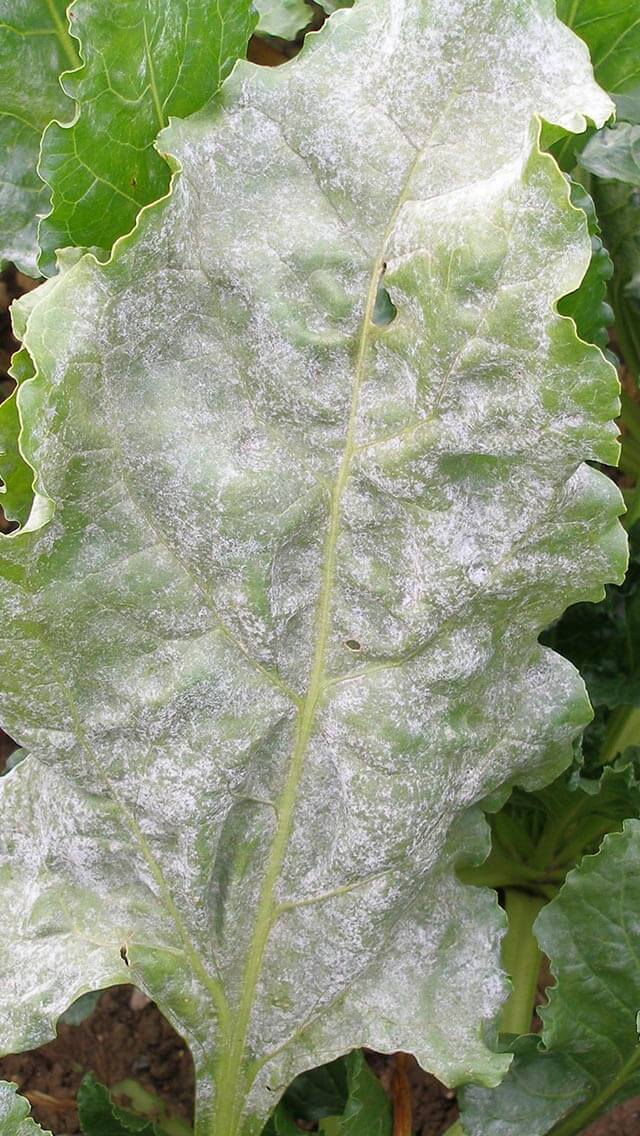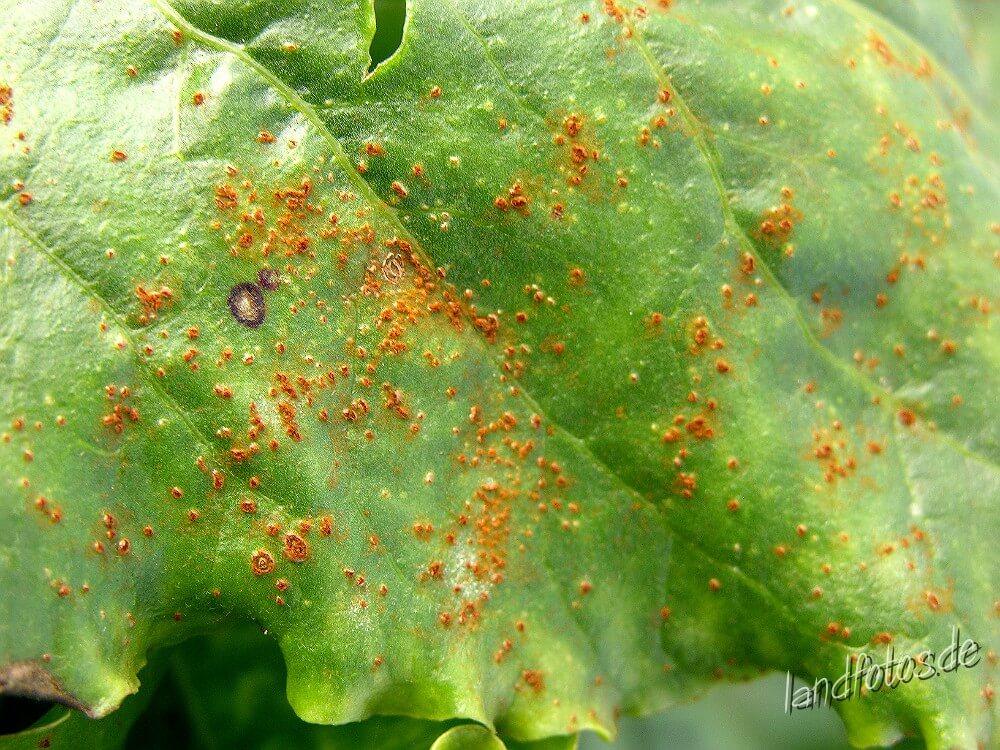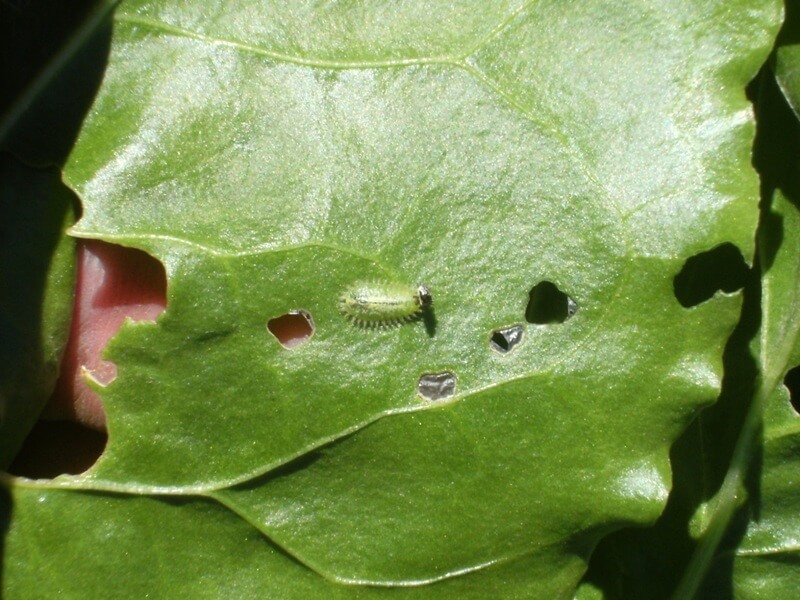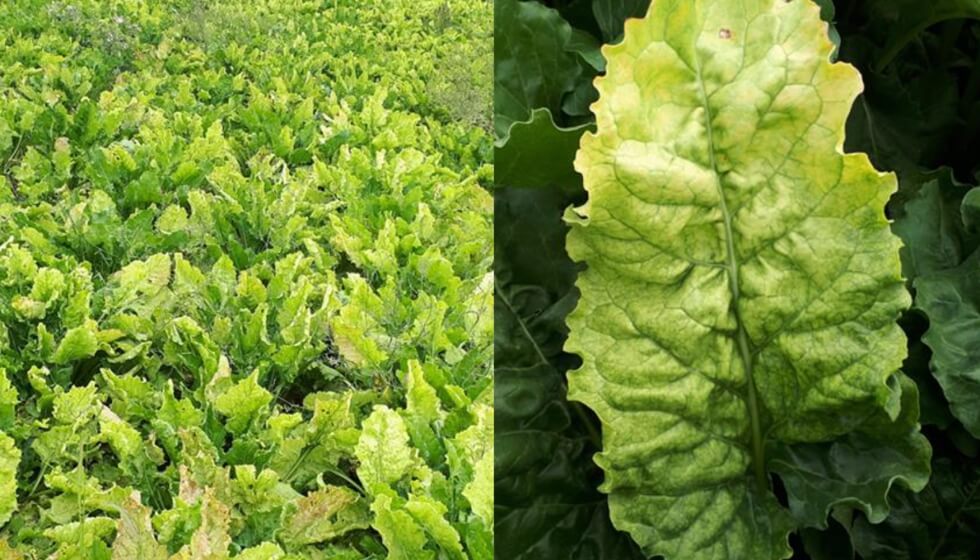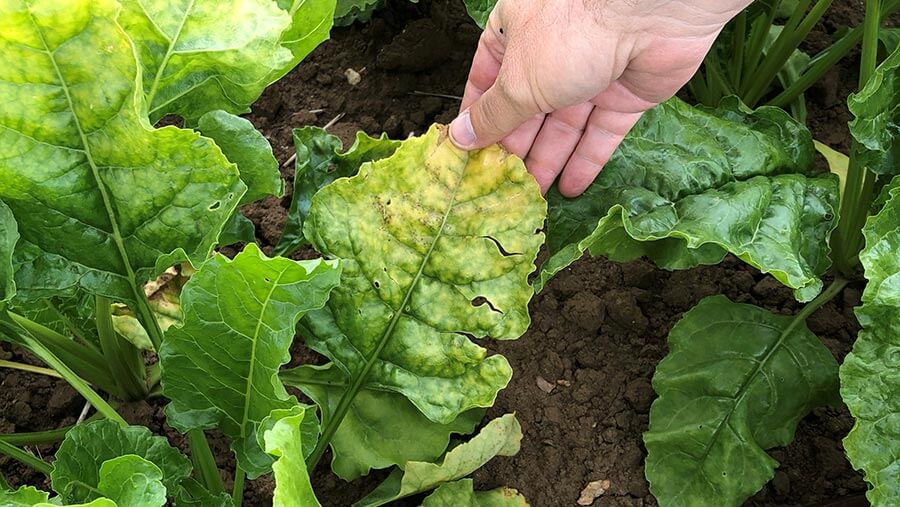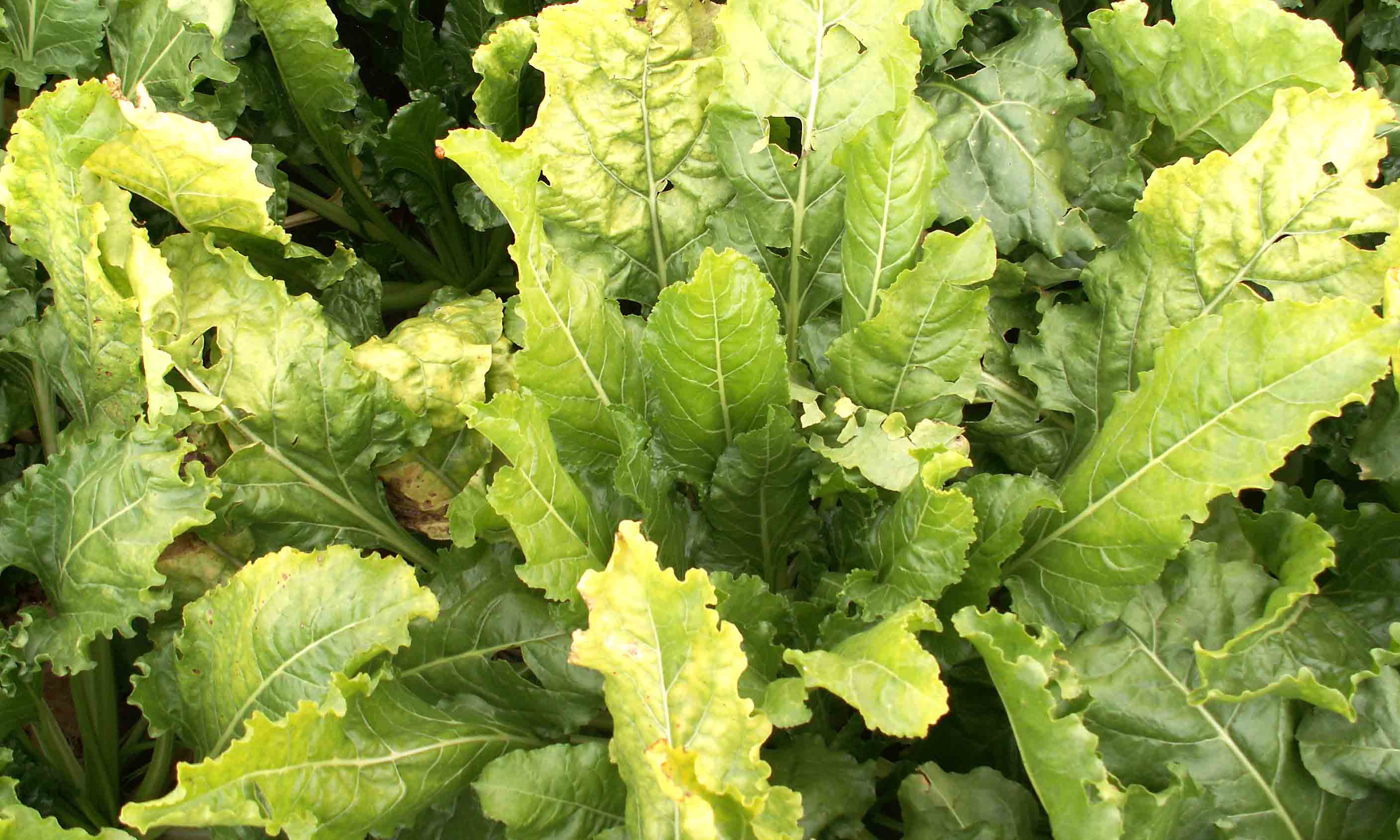
Remolacha de mesa
How to recognize and combat wireworms in beets
Wireworm
Insect
Type:
Risk to the plant:
HIGH
Agriotes Sp.
Pathogen:

Orugas o gusanos
WHO CAUSES IT?
Agriotes sp. is a genus of beetles commonly known as wireworms due to the thin and rigid appearance of their larvae. Adults, known as click beetles, emerge from the ground in spring and summer when conditions are favorable. After mating, females lay their eggs on the ground, preferring areas with abundant vegetation and humidity. The larvae, which are the harmful stages for plants, emerge from the eggs and remain in the soil for several years, feeding on the roots and other underground parts of the plants. The larvae go through several larval stages before pupating and transforming into adults, thus completing their cycle. These larvae are resistant and can survive in adverse conditions, allowing them to persist in the soil for long periods and attack crops in successive years.
SYMPTOMS
The wireworm causes significant damage to beets, mainly affecting the roots. The disease manifests itself when the larvae pierce the roots and feed on them, causing weakening and in some cases the death of the plant.
- Holes and tunnels in the roots
- Discoloration and necrosis of affected areas
- Reduction of plant growth
- Wilting and sagging of foliage
- Premature death of young plants



DEVELOPMENT CONDITIONS
Temperature:
15°C - 25°C
Humidity:
60% - 80%
HOW IS IT SPREAD?
Soil movements, Irrigation water, Infected plants, Contaminated agricultural machinery
HOW TO ELIMINATE IT?
Home treatments
There are no home treatments
Natural allies
Chemical treatments
There are no treatments for this disease. Treatments are directed at the insect vectors that transmit it. See insect treatments.
RECOMMENDED PRODUCTS TO ELIMINATE THE PEST
Sponsored link
Sponsored link
Sponsored link
Sponsored link
Sponsored link
Sponsored link
Sponsored link
Effective against all types of fungi
Sponsored link
Sponsored link
Sponsored link
Sponsored link
Sponsored link
REPELLENT PLANTS
-
RECOMMENDATIONS
























